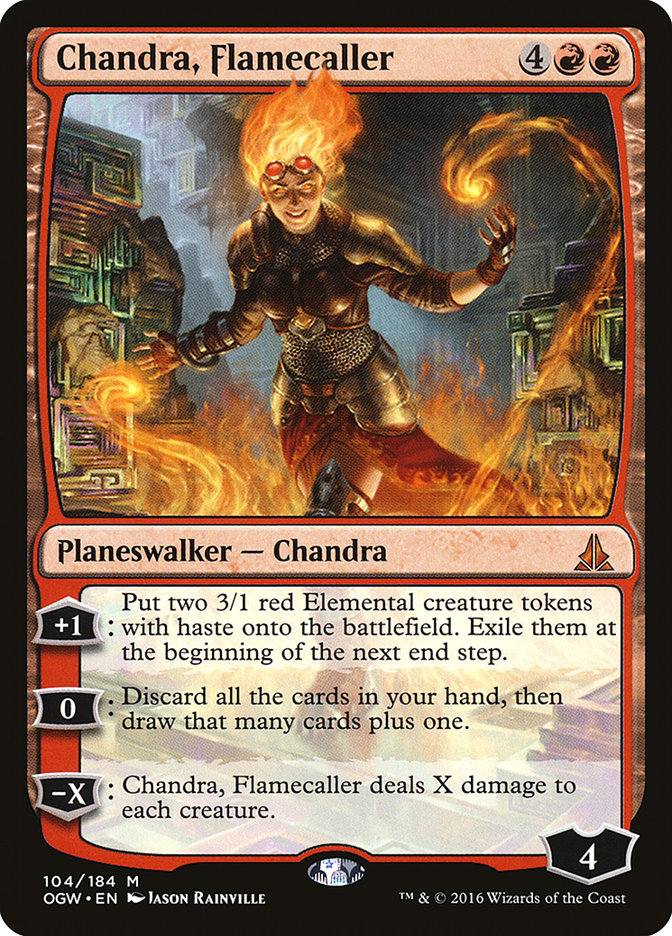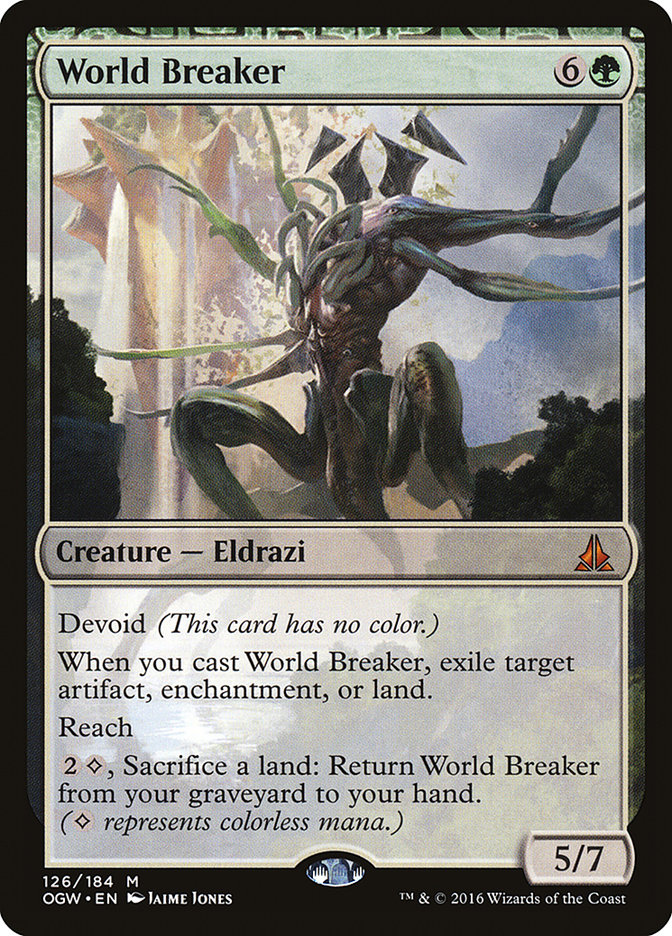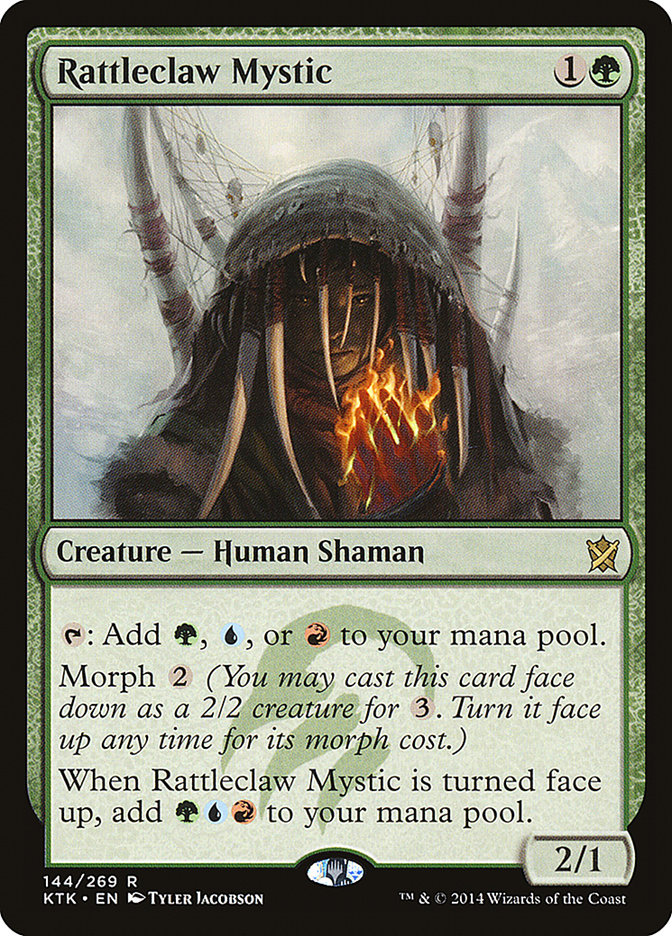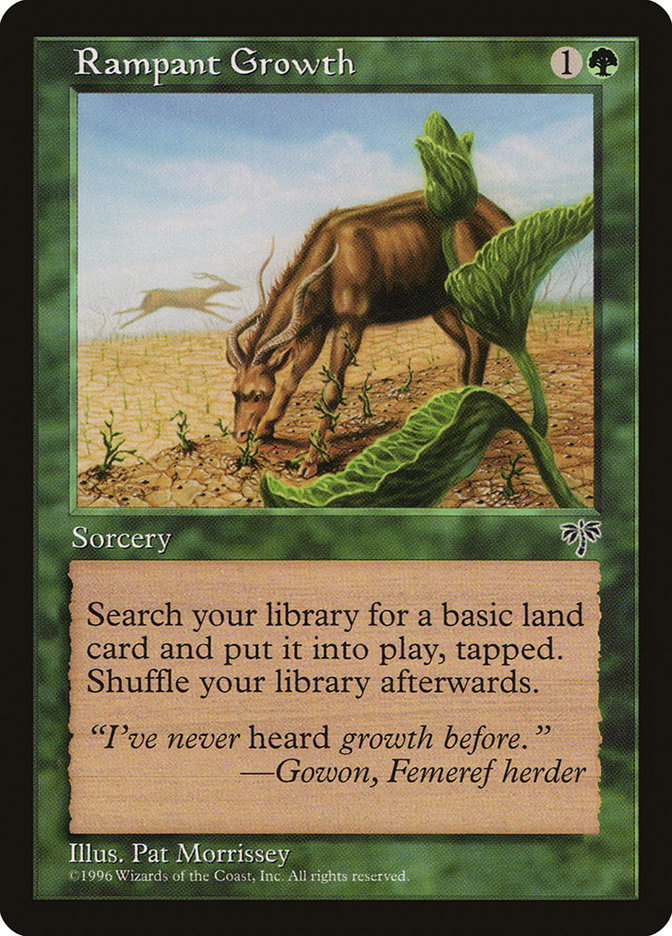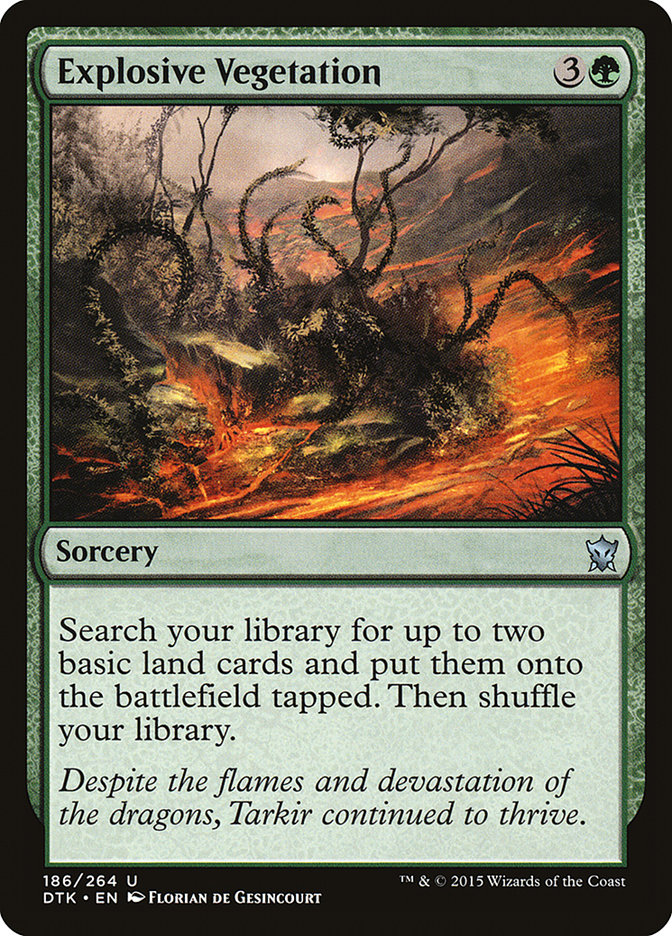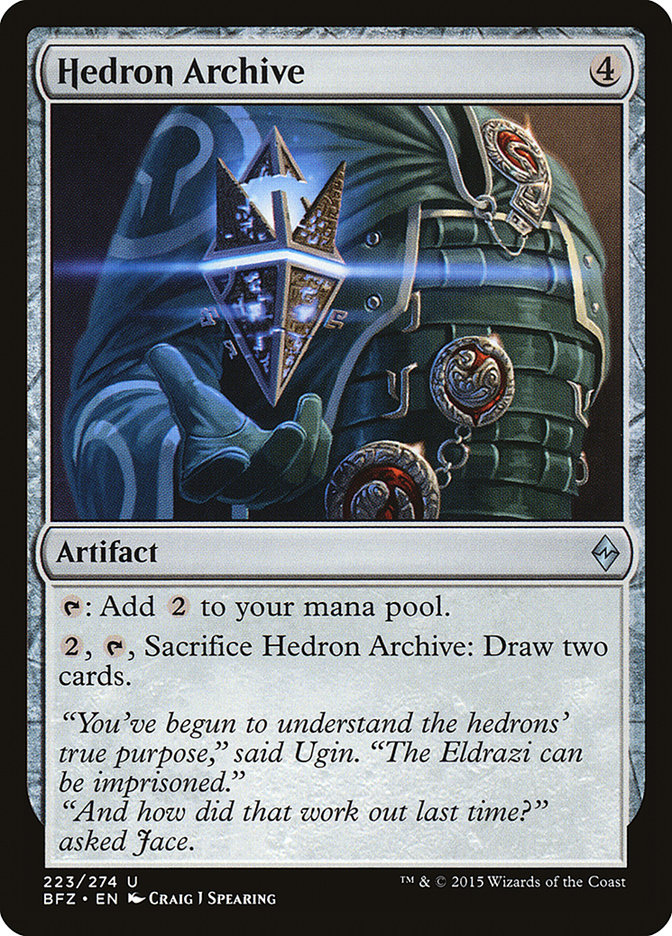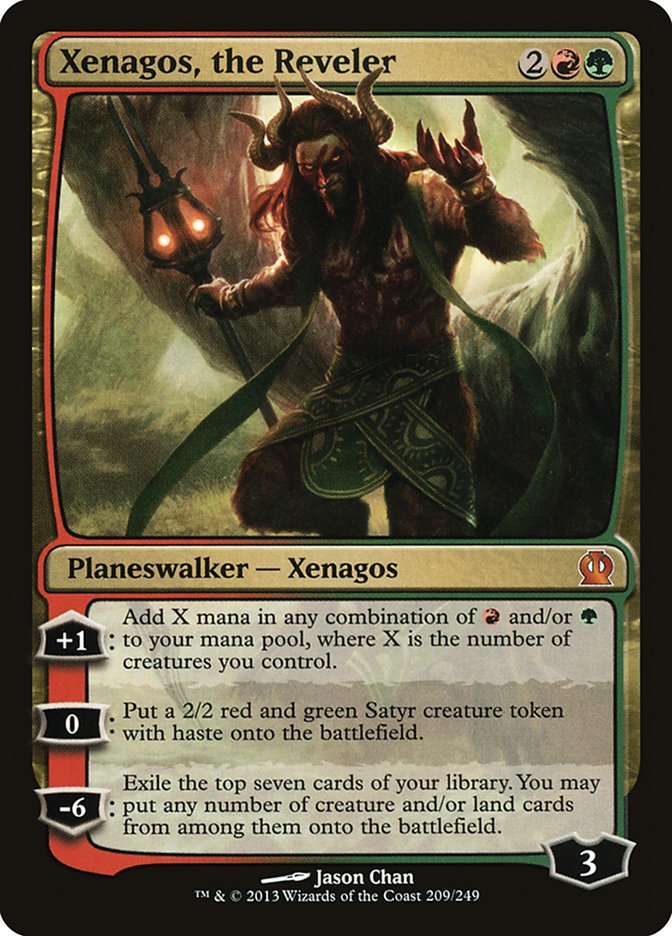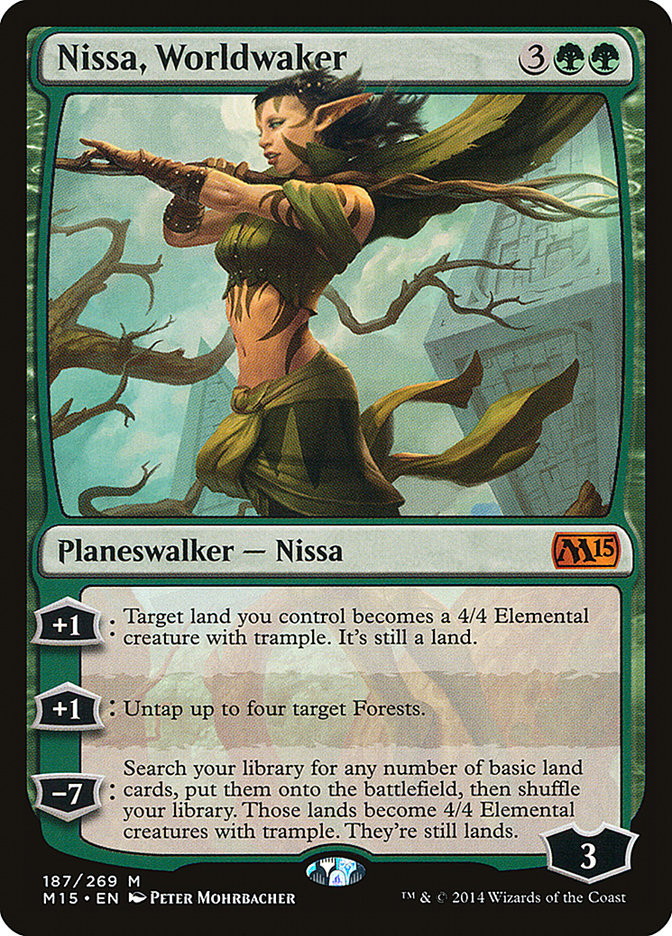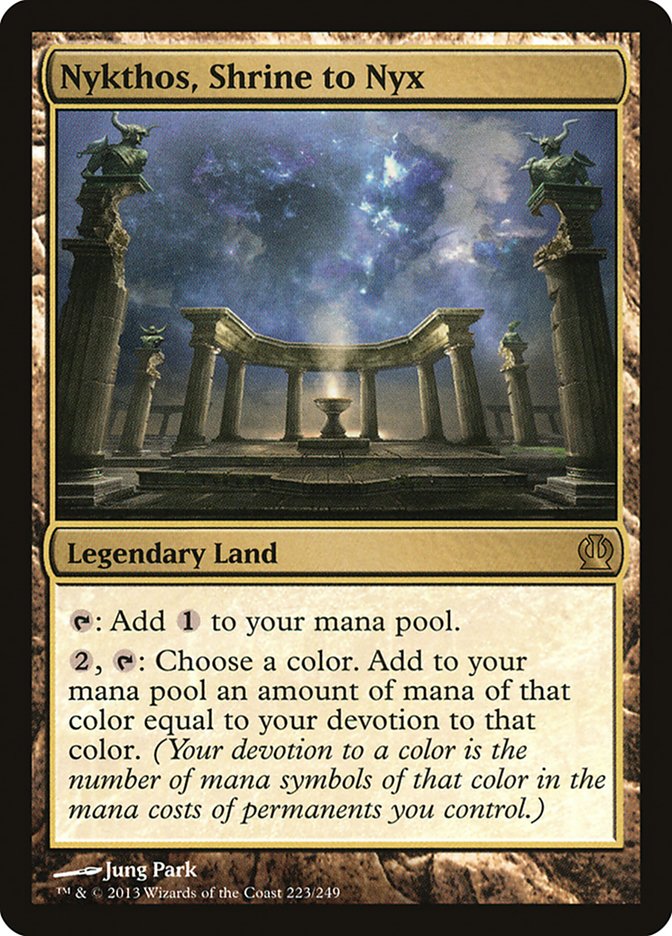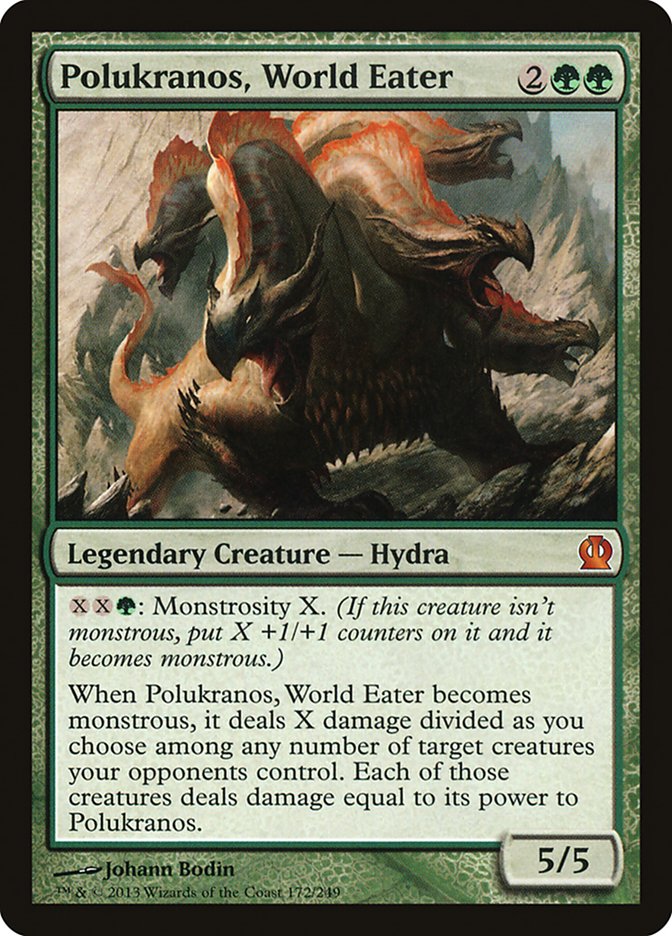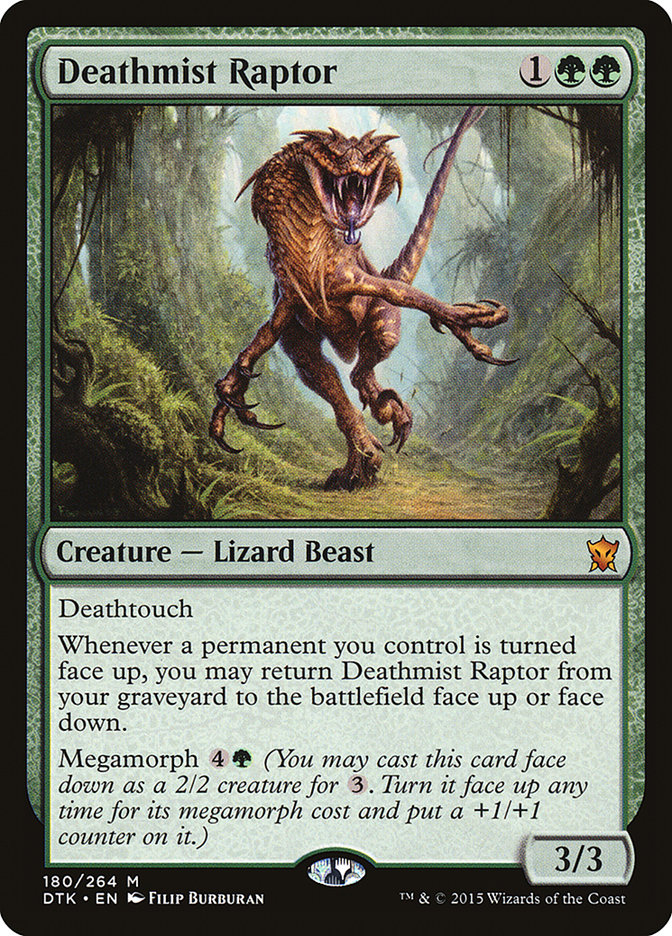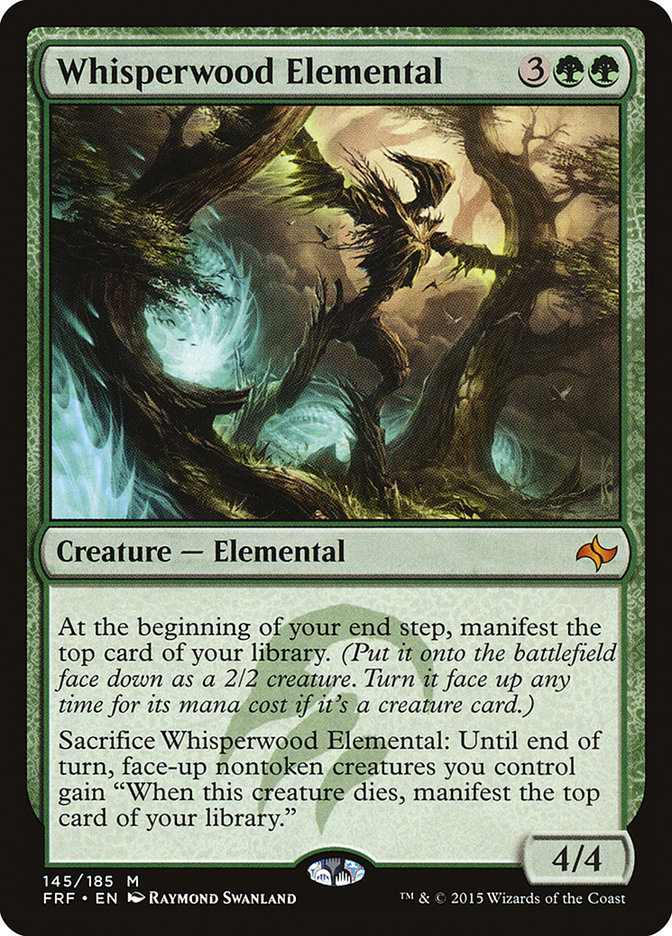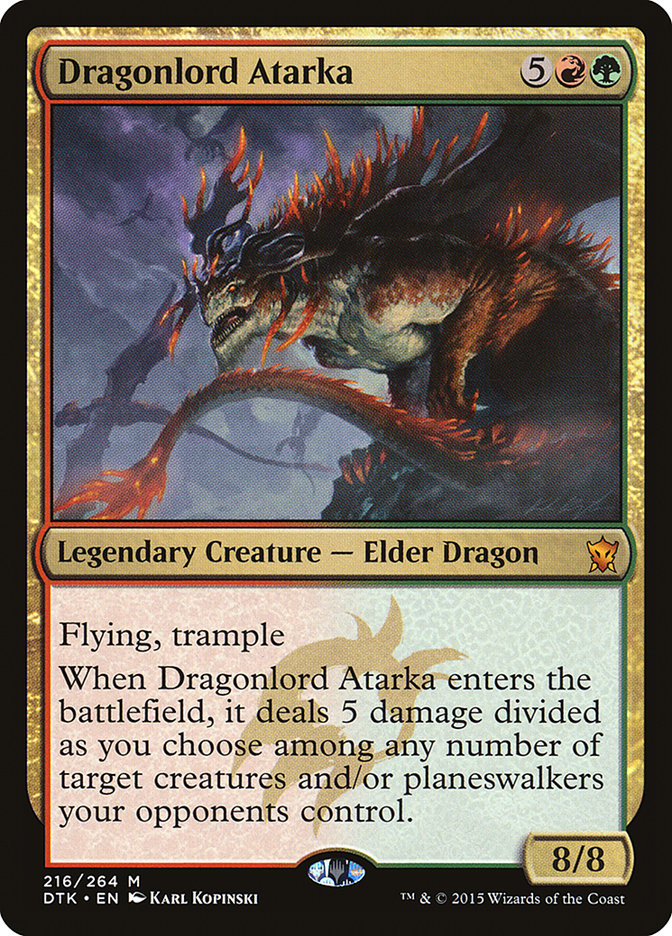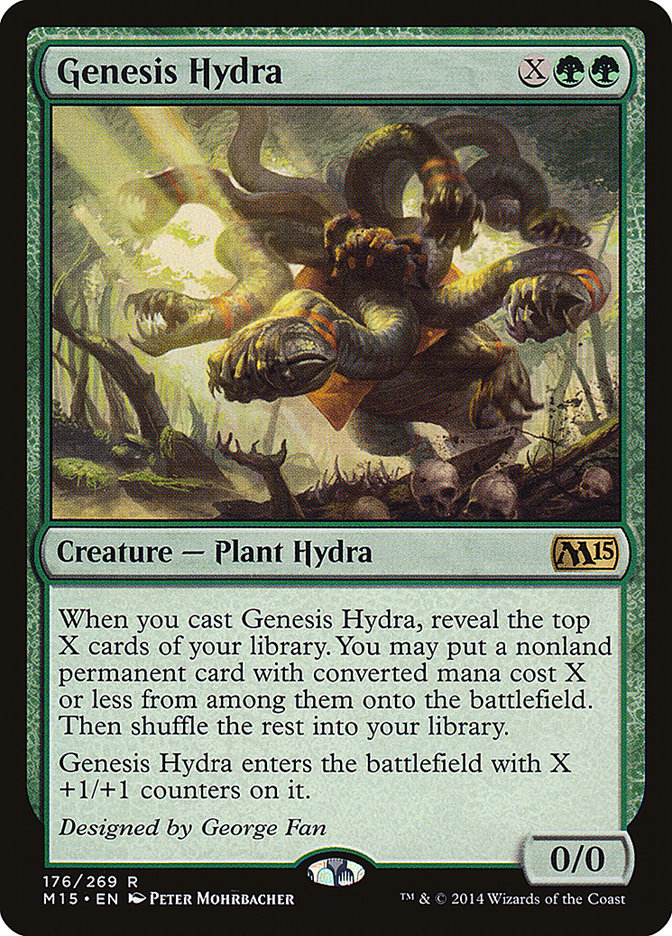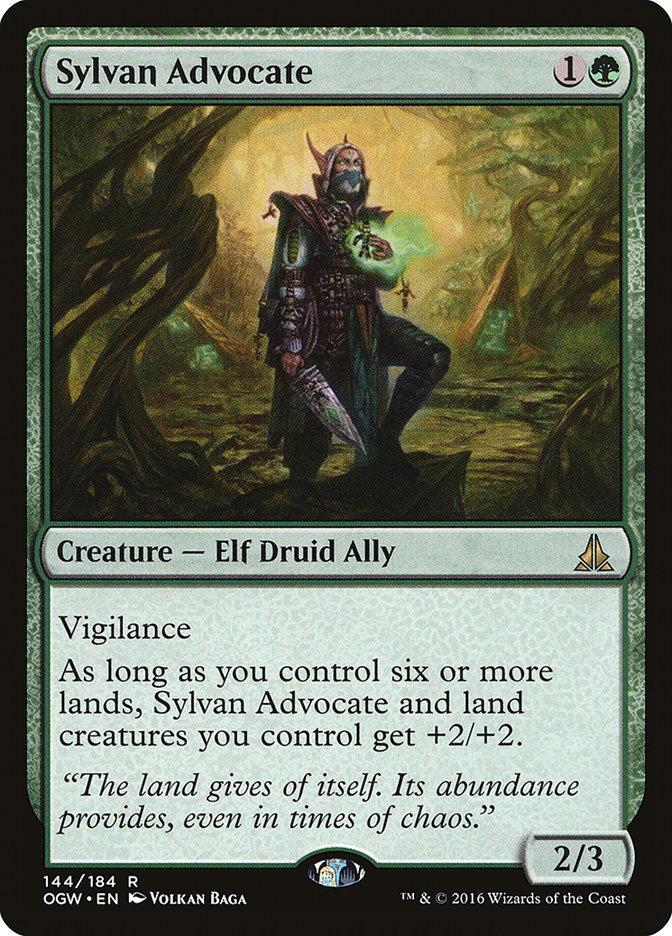This past week, I probably spent more time testing for an SCG Tour® event than I have all year. I had finally gotten to the point where I’ve built up a respectable Standard collection on Magic Online and had the time to put in multiple ten-hour days this week. I was ready to take on #SCGINDY, and excited to prepare appropriately for it.
The first deck I wanted to try out was G/R Eldrazi Ramp. I wasn’t too big of a fan of the ramp deck from Battle for Zendikar Standard, but the archetype had received a serious facelift from Oath of the Gatewatch.
If you’ve been paying close attention to Standard over the past couple of months, I don’t need to tell you how great Chandra, Flamecaller is. She’s getting play in basically everything that can support her, and has recently even been compared to Elspeth, Sun’s Champion.
At six mana, Chandra is a very nice early payoff card and is certainly powerful enough to take over a game by herself long enough for ramp’s more expensive payoffs to make it onto the battlefield. Finally, Magic has a Chandra that is solidly a Constructed all-star!
World Breaker is the card I was really excited about, however. This thing does it all! It stunts your opponent’s mana development. It’s the biggest thing on the table every time it comes down, effectively halting the opponent’s attacks. It’s a seven-drop, the perfect spot on the mana curve for this deck because of Explosive Vegetation and Hedron Archive. It triggers Sanctum of Ugin, allowing you to effectively chain World Breakers, since you will usually be able to cast the second one the next turn if you had the mana to get the first one down. It even has inevitability built in with the graveyard recursion ability. Simply put, the card was exactly the payoff the deck was looking for.
Here is the deck I spent most of my week testing on Magic Online.
Creatures (15)
- 4 Rattleclaw Mystic
- 2 Dragonlord Atarka
- 1 Ulamog, the Ceaseless Hunger
- 4 World Breaker
- 4 Sylvan Advocate
Planeswalkers (5)
Lands (25)
Spells (15)

I love ramp decks and I had a ton of fun playing the deck online this week. My first day of testing was very fruitful, as I managed to go 14-6 in matches on the day. Unfortunately that win rate didn’t hold for very long. The next day, I couldn’t seem to buy a match win no matter what I did. I always seemed to get hands that couldn’t reliably get to my payoff cards in time, or I would ramp smoothly but wouldn’t be able to find my payoffs. When everything came together I was able to just crush everyone, but that wasn’t happening nearly enough for me to be comfortable taking the deck to a large event. After putting in about forty matches with the deck, I reached the conclusion that the archetype as it stands right now is fundamentally flawed and I would have to find something else to play.
To say I was pretty disappointed I wouldn’t be able to ramp this weekend would be an understatement. Ramp is one of my favorite archetypes and I haven’t been able to play a good ramp deck in almost a year now since the good old days of Green Devotion. Unfortunately, ramp is the kind of strategy that is either going to be great or horrible. There isn’t a ton of in-between. While playing Eldrazi Ramp, it became clear to me that Devotion as a ramp deck was the much better deck.
I want to spend some time here articulating what it is that makes Devotion great and Eldrazi unstable.
There are three different stages in the game for a ramp deck: the early-game, the mid-game and the late-game. Pretty intuitively, in the early-game, you want to spend your time ramping.
Usually when you ramp, you have to “take the turn off” to do so, meaning you aren’t effectively developing your nonland permanents. That means your opponent gets a free turn to bash you in the face and develop their battlefield. You want your ramp turns to happen as early in the game as possible. That way your opponent hasn’t had the chance to develop much in the meantime.
It’s a lot less risky to take turn 2 off than turn 4, which leads us to the first fundamental problem of Eldrazi Ramp.
These two four-drops are the most important ramp spells in Eldrazi Ramp. That is not good. These are terrible ramp cards because you definitely do not want to be taking turn 4 off to develop your mana without also bolstering your defenses.
Ideally, in the mid-game, the second stage of the game, you want to be able to both develop your battlefield and ramp at the same time. Eldrazi Ramp cannot do this, but Devotion had several ways to accomplish this task. For reference, here is an example of a Devotion deck I played last summer.
Creatures (33)
- 1 Hornet Queen
- 4 Elvish Mystic
- 3 Polukranos, World Eater
- 4 Sylvan Caryatid
- 4 Courser of Kruphix
- 3 Genesis Hydra
- 4 Rattleclaw Mystic
- 4 Whisperwood Elemental
- 3 Dragonlord Atarka
- 3 Deathmist Raptor
Planeswalkers (3)
Lands (24)
Sideboard

Now this is a ramp deck! Look at all the great mid-game cards this deck has! Xenagos, the Reveler allows you to develop a planeswalker on the battlefield, giving you a token to protect himself if you need it. If not, you can start using his plus ability to start putting more early/mid-game cards onto the battlefield that turn and start casting your powerful payoff cards as soon as the next turn. Sometimes casting Xenagos even netted you mana when you already had a battlefield full of creatures.
Nissa, Worldwaker, although a little slower than Xenagos, operated in a very similar way. You cast her and have the flexibility to either start making 4/4s immediately or to untap your Forests and develop another early-game play, whichever is more convenient for you. The next turn, you will probably easily be able to cast whatever you want.
Finally, Nykthos, Shrine to Nyx, while obviously very powerful, had a hidden ability that really pushed it over the top. Nykthos allowed you to ignore developing your mana in the early-game, instead putting heavy-hitting midgame monsters onto the battlefield.
Nykthos turns these creatures into ramp spells!
If you have a Nykthos, you can spend your early turns developing your creatures. Then, on turn 4 or 5, you can drop the legendary land, use it to make two or more extra mana, and ramp into your payoff Dragonlord Atarka right on time.
Finally, we get to the late-game of the ramp strategy. This is the fun part where we get to let our inner Timmy run wild and cast sweet giant payoff cards!
Eldrazi Ramp is not short on very powerful payoff cards. Between the set of World Breakers, the Chandras, the Ugins, and Sanctum of Ugin, you shouldn’t have any trouble finding a way to close the game. However, once again, this is a place where Devotion vastly outshines Eldrazi Ramp. The reason for this is the flexibility that Devotion’s payoff cards have.
A World Breaker in your opening hand is functionally useless until you are able to cast it. It just sits there in your hand, patiently waiting to wreak havoc on turn 5 at best.
Compare this to my favorite payoff card in Devotion, my buddy Pol.
But wait, isn’t Polukranos a mid-game card?
Yes it is. It is also a late-game card. Polukranos and Genesis Hydra, and even Whisperwood Elemental had the ability to take games over by themselves, even though they could be deployed earlier than when you would normally consider a payoff card entering the battlefield. Pol could easily be cast on turn 3, where its massive power and toughness would easily bully any other creatures being cast at the same point in the game. It also was an excellent topdeck in the late game because of its Monstrosity X ability, which often amounted to a double removal spell, and would sometimes even straight-up Plague Wind the opponent while putting a 12/12 or bigger creature onto the battlefield.
Genesis Hydra would get as big as the amount of mana you had to cast it. A Genesis Hydra for four was absolutely fine for the mid-game, and a Genesis Hydra for seven was similarly excellent. The lesson to be learned is that cards with multiple functions, while great in Magic in general, are especially important to ramp decks. This is because ramp is in the color green, whose biggest weakness has always been finding ways to get card advantage.
One of the most powerful things having extra cards does for you is giving you the ability to be flexible and adapt based on the battlefield state. This is why Dig Through Time is such a powerhouse, even though it is merely a two-for-one. Devotion had this feature in spades (and, for that matter, had several ways to provide actual card advantage from Courser of Kruphix, Whisperwood Elemental, and Genesis Hydra).
Eldrazi Ramp has only one card in the entire deck that scales based on what point in the game it is. The crazy part is that many people don’t even run a full set of this card: everyone’s favorite Tarmogoyf impersonator, Sylvan Advocate.
Sylvan Advocate is a bit different from the scalable cards in Devotion, because instead of being a mid-game/late-game hybrid card, it is an early-game/mid-game hybrid card. You play it on turn 2 as a creature with stats competitive to those getting play in Standard right now. Once you hit turn 4 or 5, it upgrades into a 4/5 for no mana investment, allowing it to stay competitive with the creatures that are being cast at that point in the game (Siege Rhino).
Unfortunately, the deck does not have access to a creature-land, but for an investment of only two mana, I would say Advocate easily pulls its weight, even though it doesn’t ramp directly. It gives you the breathing room you need to take turn 4 off to eat your veggies. Speaking of Explosive Vegetation, Advocate interacts pretty favorably with that card as well, jumping you from four to six mana on turn 4 to upgrade it into mid-game form.
So, to recap, Devotion rocks, and Eldrazi stinks. Please print more good ramp cards, Wizards. This green mage is very sad.
Devotion’s ramp is in the early game. This is good. Eldrazi’s ramp is in the midgame. This is bad.
Devotion has scalable threats. This is good. Eldrazi’s payoff cards rot away in your hand. This is bad.
Devotion has an abundance of card advantage engines. This is (too?) good. Eldrazi Ramp has six- and eight-mana Wraths that are pretty easy to play around. This is bad.
I miss you, Devotion.
Hopefully there will be some new ramp cards in Shadows over Innistrad, but based on what has been released so far, I don’t have high hopes. Corrupted Tombstone could be a decent mana rock, but it won’t turn on until you have a card in your graveyard, which means it will frequently do nothing on turn 3, which is a big problem. It looks like I will have to put my ramping shoes away for another few months at least.


